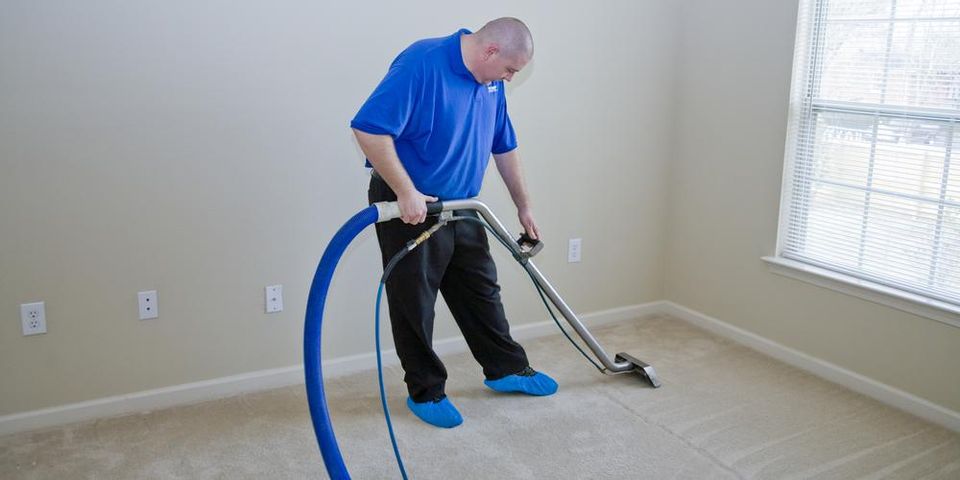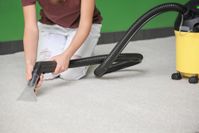A Guide to Carpet Cleaning After a Flood

When your property floods, you should take the proper precautions to salvage as much as possible, including the carpeting. To return the home or office back to normal, here are a few carpet cleaning tips.
How to Minimize Water Damage After a Flood
Determine Extent of Damage
Check how much of the flooring can be salvaged and what you need to throw away. Remove the carpeting in rooms that have been totally submerged in storm water to properly assess any floor damage. Take photos to support your claim with the insurance company.
Inspect Carpet for Mold & Mildew Growth
If you have a flood, expect mold and mildew growth to appear soon after, especially if you’ve had to wait several days for the water to subside. Before the carpet cleaning process, inspect the flooring for signs of mold, mildew, and other bacteria growth. If you suspect a problem, a professional remediation team may need to first sanitize the area before you can clean it.
Remove Furniture & Start Carpet Cleaning
 Remove any furniture atop soiled carpeting to prevent stains. Then, vacuum and shampoo the floor thoroughly. If you have extensive water damage, you may need to contact a local restoration company for assistance.
Remove any furniture atop soiled carpeting to prevent stains. Then, vacuum and shampoo the floor thoroughly. If you have extensive water damage, you may need to contact a local restoration company for assistance.
Dry Everything Thoroughly
Leaving the carpet moist and damp can cause unsightly stains and spur on mold and mildew growth. To dry out the flooring, use as many fans as you have and a dehumidifier to remove moisture in the air.
If there was a flood in your home, contact All Care Restorations in Lincoln, NE. This water damage restoration company will help you develop an action plan to salvage the flooring. They specialize in carpet cleaning and emergency water removal. For more than 20 years, they’ve been helping residents and businesses with affordable disaster restoration solutions. Call (402) 421-3779 or visit them online for information about flood damage.
About the Business
(7 reviews)
Have a question? Ask the experts!
Send your question

